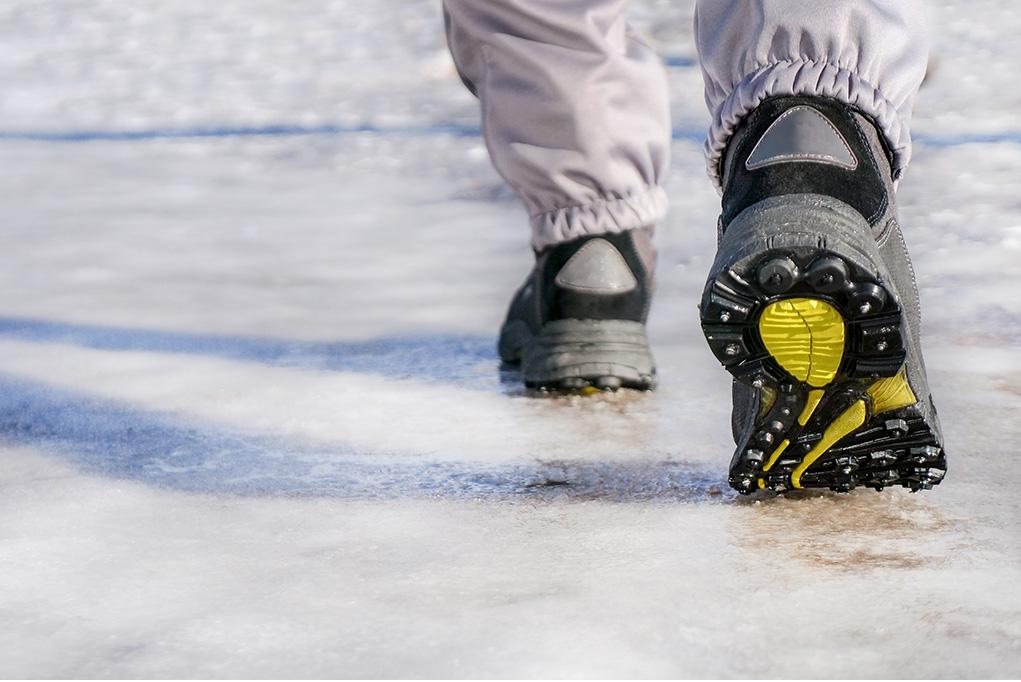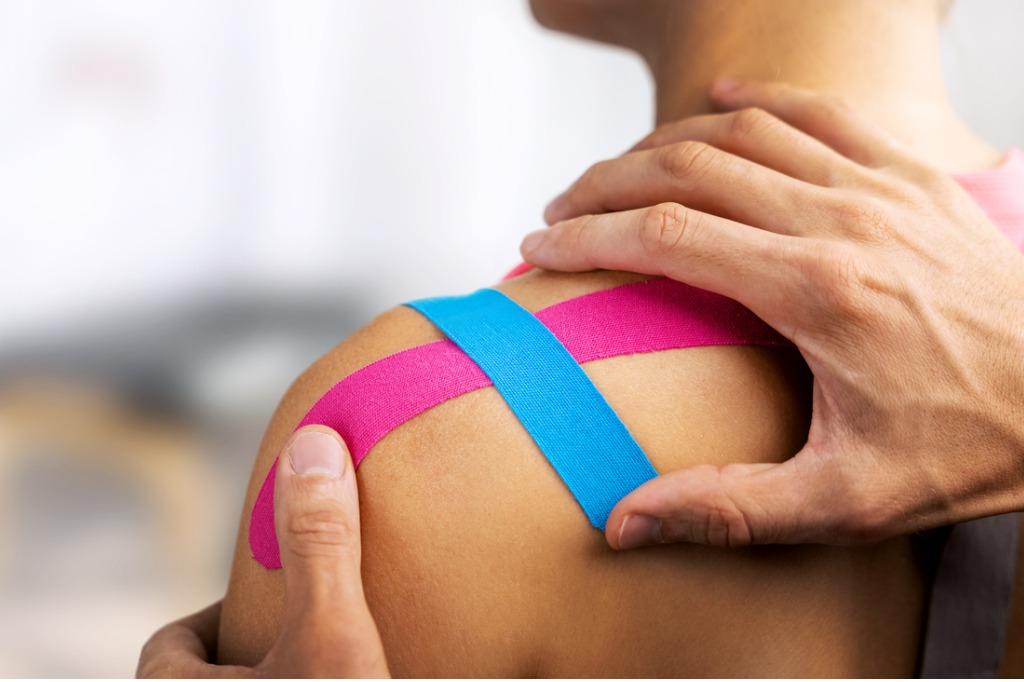How to Walk on Ice Without Slipping or Falling
Navigating icy surfaces during cold weather can be a treacherous endeavor causing countless individuals to slip and fall. According to the CDC, one out of five falls causes a serious injury, such as broken bones or a head injury. Knowing how to walk on ice without slipping is crucial for safety during the winter months.
The Slippery Challenge of Ice
Walking on ice poses a unique challenge due to its low friction surface. Ice reduces the grip of footwear, making it easy to lose balance and fall. These falls can result in anything from minor bruises to more serious injuries like fractures or concussions.

Strategies to Prevent Slips and Falls on Ice
Prevention is key when it comes to navigating icy conditions. Here are some strategies to help you stay safe:
Choose the Right Footwear
Footwear with good traction can make a significant difference. Look for shoes with non-slip soles, or consider using ice grips or cleats that can be attached to your shoes for additional stability.
Modify Your Walking Technique
Adjusting how you walk can greatly reduce your risk of falling. Take small, flat-footed steps or shuffle for better stability. Imagine walking like a penguin; this technique is often recommended for walking on ice. Penguins naturally waddle, which is an effective way to maintain balance on slippery surfaces. Here’s how to do it:
- Center of Gravity: Keep your center of gravity over your front leg. This means you should lean slightly forward.
- Small Steps: Take short, shuffling steps instead of your normal stride. This reduces the risk of a foot slipping out from under you.
- Flat-footed: Try to keep your feet flat and point your toes out slightly. This increases the surface area of your foot on the ice, which helps with stability.
- Arms Out: Keep your arms out to your sides to help balance, much like a penguin’s flippers. Avoid putting your hands in your pockets, as this decreases your ability to balance and protect yourself if you start to fall.
- Slow and Steady: Move slowly and deliberately. Rushing increases the likelihood of slipping.
Be Aware of Your Surroundings
Stay vigilant about where you step. Avoid icy patches when possible, and use handrails or stable objects for support when navigating slippery areas.
Tips for Walking on Ice Safely
Even with precautions, walking on ice requires careful attention. Here are some tips to enhance your safety:
Keep Your Hands Free
Avoid walking with your hands in your pockets. Keeping your hands free can help you balance and protect yourself if you start to fall.
Take It Slow
Rushing increases your chances of slipping. Take your time and pay attention to each step.
Use Paths That Have Been Treated
Whenever possible, walk on paths that have been salted or sanded. These treatments can help reduce the slipperiness of the ice.
What to Do If You Fall
Knowing how to react if you do slip can minimize injury:
Protect Your Head
If you’re falling, try to tuck your chin and turn your head away to avoid hitting your head on the ice.
Fall Safely
Try to relax your muscles and fall on your side to distribute the impact. Avoid using your arms to break the fall, as this can lead to wrist injuries.
Next Steps
If you fall, assess yourself for injuries before getting up. If you’re hurt or unable to get up, try to get someone’s attention for help. If you’re uninjured, get up carefully by rolling onto your hands and knees and slowly rising to a standing position.
Injured in a Slip and Fall? Contact Motion Orthopaedics
Slips and falls on ice can sometimes lead to serious injuries requiring professional care. If you’ve experienced a fall and need medical attention, Motion Orthopaedics is here to help. Our specialized medical team can provide the necessary treatment and guidance to ensure a swift recovery. Contact us for a consultation and take the first step toward healing.




